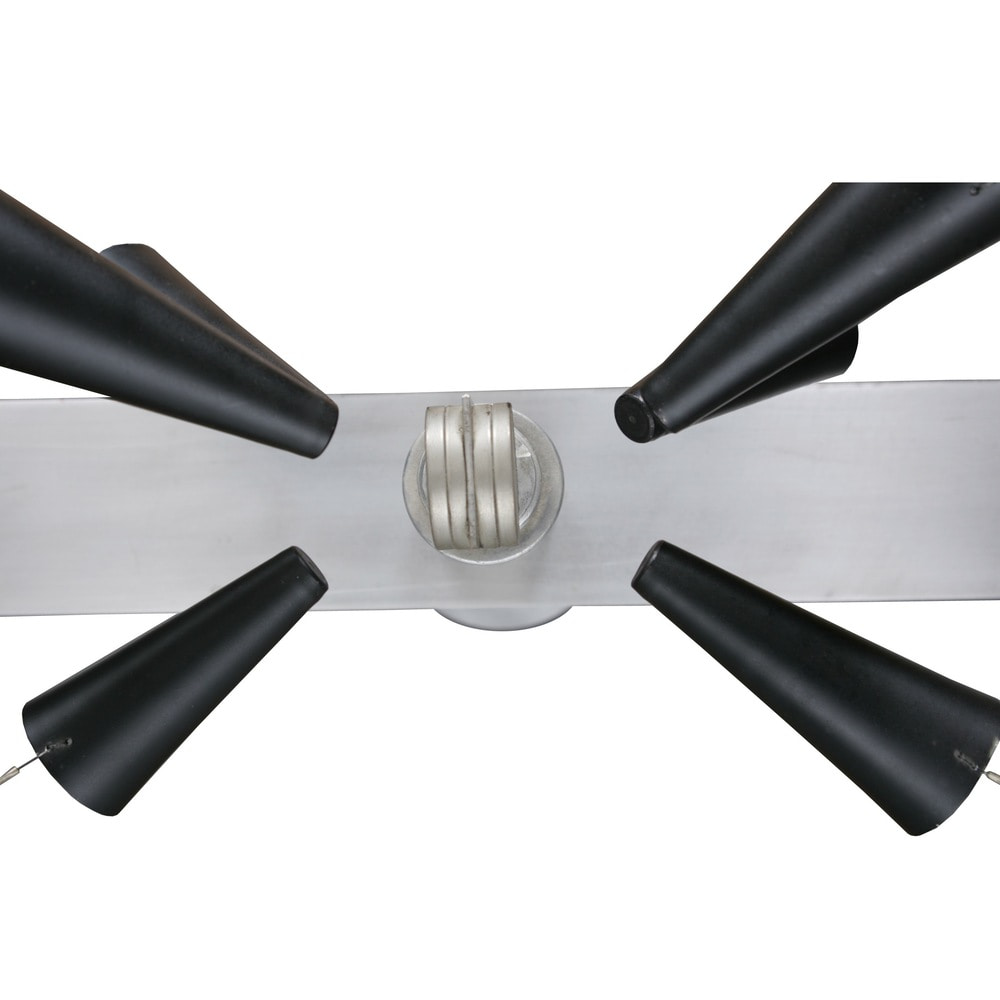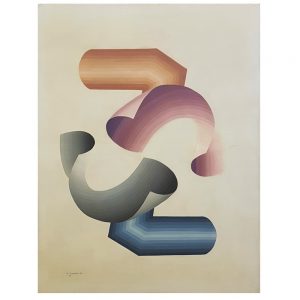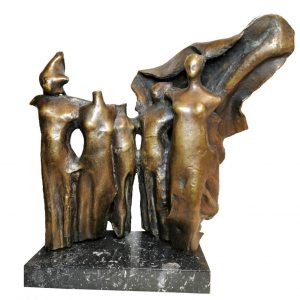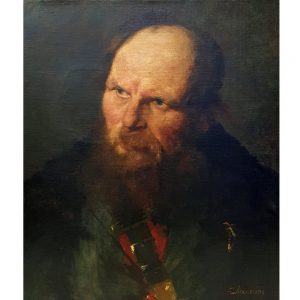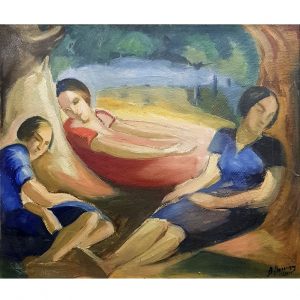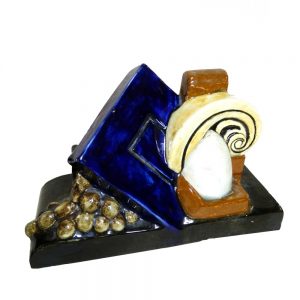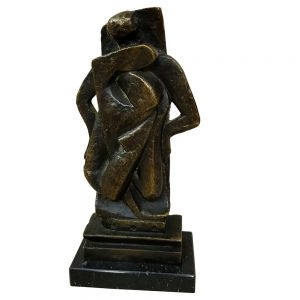Description
Takis (1925-2019) – Sculpture “Magnet”. Is a Greek metal sculpture, based on plexiglass.
There is also a certificate from the Takis Foundation. The sculpture is unsigned.
Dimensions: 52.0 X 36.5 X 56.0 cm.
Biography:
The artist Panayiotis Vassilakis (29 October 1925 – 9 August 2019), also known as Takis, was a self-taught Greek artist known for his kinetic sculptures. He exhibited his artworks in Europe and the United States.
Popular in France, his works can be found in public locations in and around Paris, as well as at the Athens-based Takis Foundation Research Center for the Arts and Sciences.
Takis was born in 1925 in Athens. Because of the previous Greco-Turkish War, his family struggled financially. His childhood and teen years were also shadowed by war.
World War II brought along the Axis Occupation of Greece which was in effect from 1941 until October 1944, and this was then followed by the Greek Civil War from 1946 to 1949. During these, Takis kept his focus on his artwork, although his family did not approve.
Takis’ artistic career started when he was around 20 years old in a basement workshop. This is where he first became aware of the works of Picasso and Giacometti.
Takis was intrigued by the long, exaggerated features that Giacometti would use in his sculptures. He created his first atelier with his childhood friends, and fellow artists, Minos Argyrakis and Raimondos, in Anakassa, Athens.
His first sculptures were influenced by both Giacometti’s elongated sculptures and the Greek sculptures that he grew up around. The first sculptures that he created were plaster busts and combinations of plaster and wrought iron. In 1952 he sculpted Quatre Soldats (The Four Soldiers).
In 1954, Takis moved to Paris where he learned to forge, weld, and cast metal. While there, he created small sculptures inspired by early Greek Cycladic and Egyptian art. In Paris he also met artists like Yves Klein and Jean Tinguely who were experimenting with kinetic sculptures, which began to shift his interest from the static to the kinetic.
In 1958, Takis started to experiment with other energies not visible to the naked eye, particularly magnets. He explored the magnetic forces and energy of the magnetic fields, which became a foundation of his future works. He also had a child with English artist Sheila Fell in 1958.
A year later, he created a piece that depicts a nail tied to a nylon string which is suspended in mid-air by the attraction of a magnet. This piece is the first of his télémagnétiques sculptures. It came to be known as Télésculpture.
Takis also began a relationship with American artist Liliane Lijn this year. In 1960, Takis moved on from floating nails to a floating man. In 1966, Takis began to use his magnets to create art with sounds, as well as visuals.
In January 1969 during the exhibition The Machine as Seen at the End of the Mechanical Age, at MOMA in New York City, Takis stormed into the museum. And hi removed one of his Télésculptures which he claimed was being exhibited without his permission.
Takis returned to Paris in 1974, and started creating his Erotic sculptures. In an interview published in the Tate catalogue, issued for the major retrospective held in Tate Modern in 2019, just one month before his passing.
Takis explains his role as one of demystification. “It’s only about revealing, in one way or another, the sensory vibrations or the interlacing potentials for energy that exist in the universe,” he explains. “I think that’s the role of an artist, whether painter, sculptor or musician. … I don’t think this energy should be considered as something abstract.” His works can be found in numerous public and private collections and museums in Greece and abroad.
Takis (1925-2019) – Sculpture “Magnet” – It’s an excellent and collectible piece.
Code: E568




